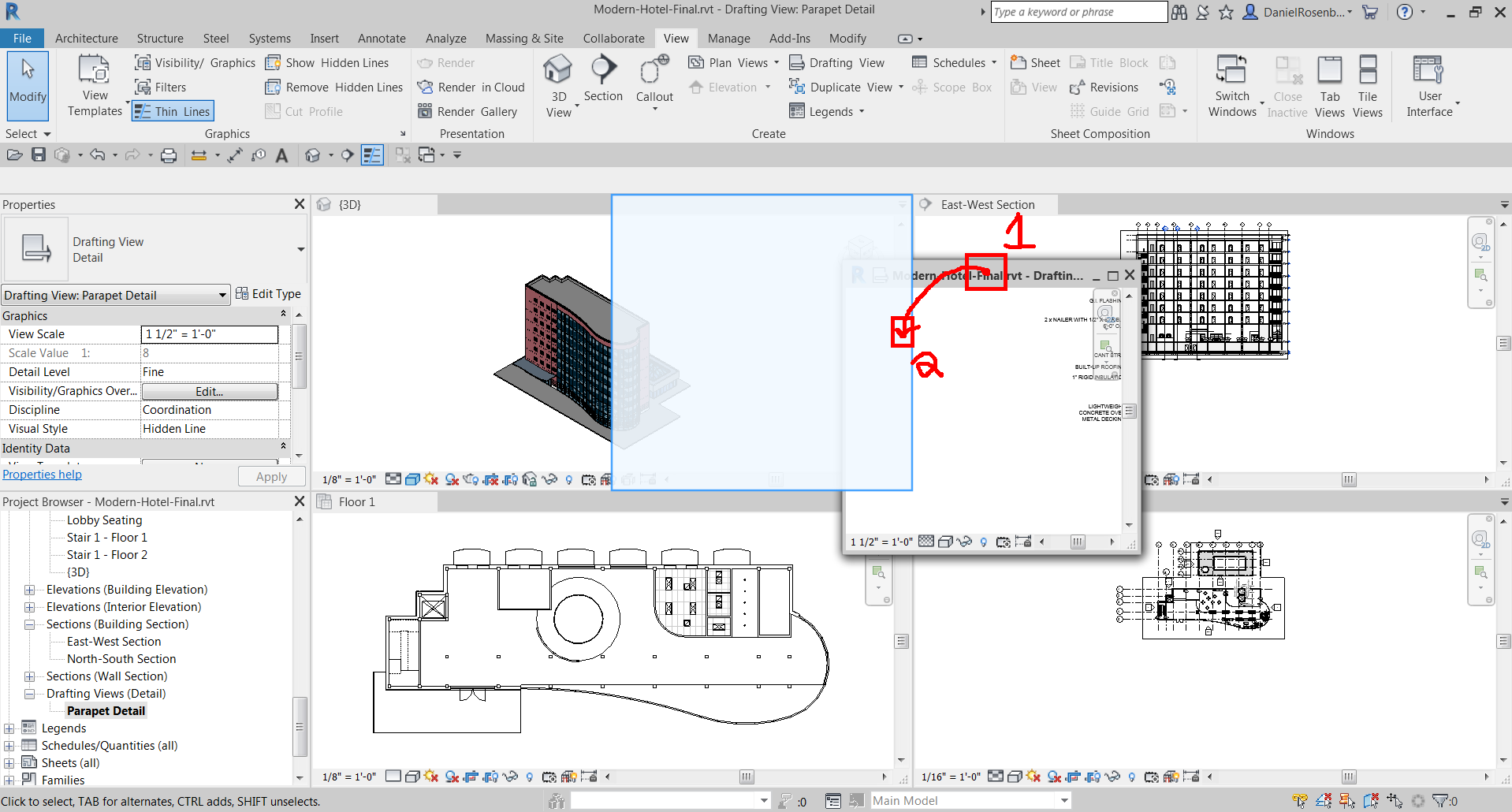
Turn it on and immediately adopt the Revit camera perspective, making your work easier, faster and more enjoyable.

LiveSync now enables live point-of-view synchronization. As you continue to develop the design, you can tweak the materials exactly to your liking and then save your material layouts for future rendering. Instantly breathe life into your synced Revit model by applying any of Lumion’s 1000+ high-definition materials in the Lumion editor. Beautiful materials make the design 'pop', while photo-realistic lighting suddenly heightens your sense of environment, realism and depth. Change the Revit model’s shape and you’ll see these changes taking place, in real-time, in Lumion’s breathtaking, lifelike environment.Īs you continue modeling in Revit, you can simultaneously view your project in Lumion surrounded by an immersive, fully featured landscape (mountains, water, grass). Immediately set up a live, real-time visualization between Revit and Lumion. You will need Lumion 8.3 (or newer) and Revit 2015 (or newer). Now, you can view and change your Revit model in real-time in Lumion, as well as export a Collada (.DAE) file from Revit and import (or re-import) it seamlessly into Lumion. The Lumion LiveSync for Revit plug-in includes two features - LiveSync and a Collada (.DAE) exporter. In this exercise, you create a sheet and add multiple views to the sheet.4. In this exercise, you add annotations to a plan view of the building model. In this exercise, you add dimensions to the building model to dimension the footprint of the main building. In this exercise, you create a section view, a callout view of the exterior wall, and a detail callout of the parapet. In this exercise, you complete the interior of the model by adding a staircase to the mezzanine on the lower level, then modifying the railing on the mezzanine. In this exercise, you place a curtain wall at the store entry. You use alignment and dimension tools to more precisely position the windows. In this exercise, you work in elevation and plan views to add windows to the model.

In this exercise, you load door types into the project, and then add interior and exterior doors to the model. In this exercise, you create a flat roof using the footprint of the exterior walls and a sloped roof with an overhang at the entry.


In this exercise, you create a mezzanine in the store room area of the building. In this exercise, you add a toposurface and a building pad to the building site.


 0 kommentar(er)
0 kommentar(er)
